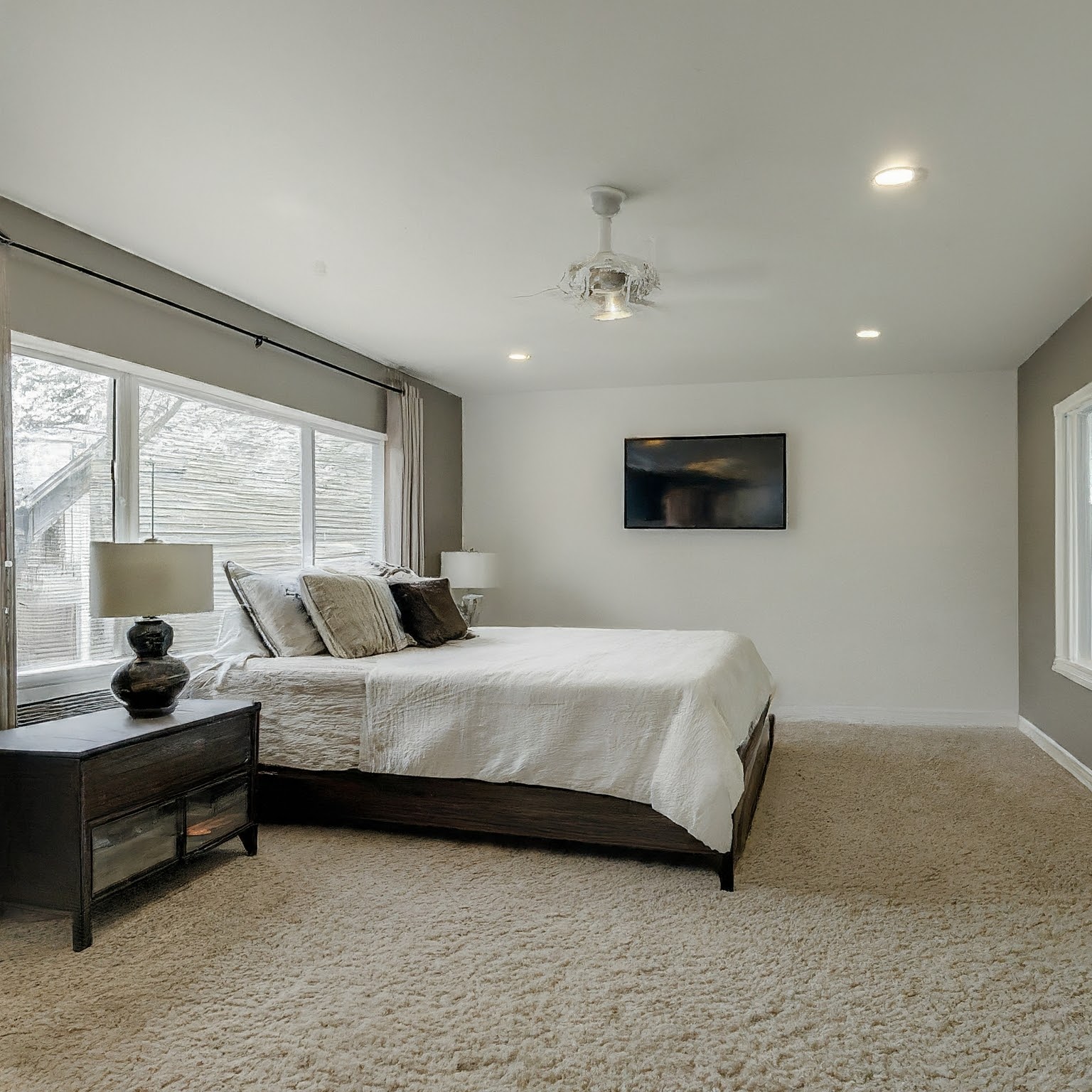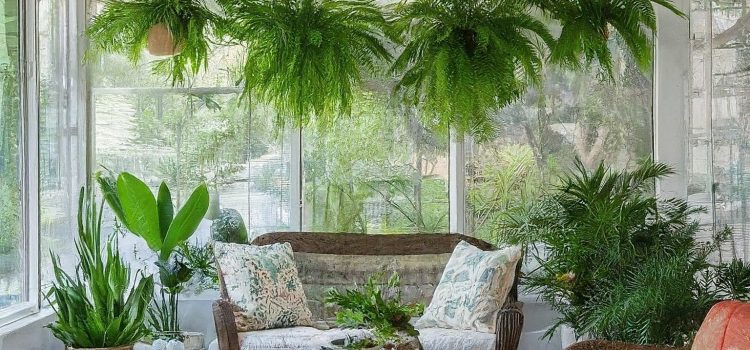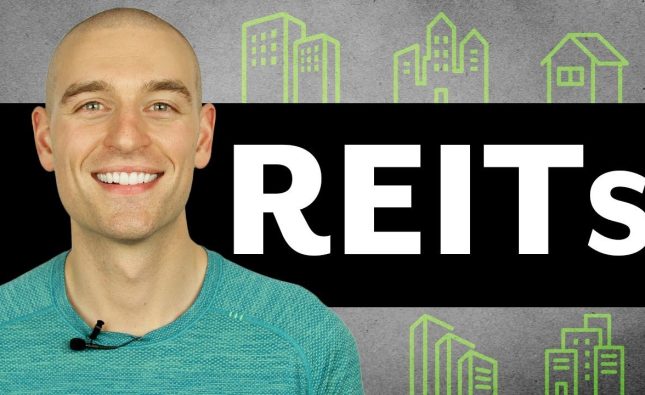
Introduction
In the competitive real estate market, homeowners seeking to maximize their property’s value and expedite its sale often turn to a meticulous practice known as white boxing. By stripping a home down to its bare essentials, white boxing aims to create a blank canvas that appeals to a wider range of potential buyers. However, the decision to pursue this preparatory measure warrants careful consideration, as it entails both advantages and drawbacks. This comprehensive guide delves into the intricacies of white boxing, providing homeowners with an in-depth understanding of its benefits, limitations, and suitability for their specific circumstances.
Unraveling the Essence of White Boxing: A Journey of Depersonalization
White boxing, also referred to as “vanilla boxing” or “cleansing,” involves purging a home of all personal belongings, furniture, and decorative elements. The objective is to transform the space into a neutral, impersonal environment that showcases the property’s architectural features and layout. Walls are typically repainted in light, neutral colors, such as white or beige, to enhance the sense of spaciousness and accommodate the preferences of a diverse pool of buyers.
The absence of personal effects and distractions allows potential buyers to envision the home as their own, fostering a sense of connection and personalizing the viewing experience. By providing a clean slate, white boxing empowers buyers to project their own style and furnishings, enabling them to envision the home as a perfect fit for their lifestyle.
Benefits of White Boxing: Unveiling the Transformative Power of Neutrality
- Broadening Appeal: Casting a Wider Net for Potential Buyers
By removing personal belongings and introducing neutral colors, white boxing creates an environment that resonates with a broader range of potential buyers. Neutral spaces cater to diverse tastes and preferences, minimizing the chances of alienating buyers who may find the existing décor unappealing or distracting. This universality enhances the chances of attracting a wide pool of interested parties, increasing the likelihood of a swift and profitable sale.
- Creating a Canvas for Imagination: Unlocking the Power of Visualization
White boxing transforms a home into an open expanse of possibilities, inviting potential buyers to exercise their imagination. The absence of furniture and distractions allows them to envision the space as their own, accommodating their unique needs and preferences. This freedom of visualization facilitates a deeper emotional connection with the property, fostering a desire to envision it as their future home.
- Eliminating Distractions: Directing Focus to the Essence of the Home
The removal of personal belongings and furniture eliminates distractions that may detract from the home’s architectural details and layout. By creating a clean, uncluttered space, white boxing allows potential buyers to focus on the property’s fundamental features, such as the flow of the floor plan, the size of the rooms, and the quality of craftsmanship. This clarity of focus enhances the appeal of the home and facilitates a more objective evaluation of its value.
- Streamlining the Viewing Process: Enhancing Efficiency and Convenience
White boxing simplifies the viewing process for both potential buyers and real estate agents. The lack of obstacles and distractions facilitates a smooth and efficient flow of traffic during open houses and private showings. This streamlined experience optimizes the viewing experience, maximizing the number of potential buyers who can view the property in a timely manner.

Drawbacks of White Boxing: Acknowledging Potential Disadvantages
- Depersonalization: Sacrificing the Home’s Unique Character
White boxing involves removing all personal touches and belongings, resulting in a space that may feel impersonal and devoid of character. This lack of individuality may diminish the emotional appeal of the home, particularly for buyers seeking a property with a distinct personality or historical charm.
- Costly and Time-Consuming: Embracing the Financial and Temporal Implications
White boxing can be an expensive and time-consuming endeavor, especially for homes with extensive furnishings and décor. The cost of professional cleaning, painting, and repairs, combined with the potential need for temporary storage, can accumulate rapidly. Additionally, the process of packing, moving, and unpacking can disrupt the lives of homeowners, requiring careful planning and execution.
- Potential Damage and Loss: Navigating the Risks of Moving and Storage
The process of removing and relocating furniture and belongings carries the risk of damage or loss. Despite taking precautions, accidents can occur during packing, loading, or unloading, potentially resulting in costly repairs or replacements. Additionally, items placed in storage may be subject to damage from moisture, pests, or mishandling.
- Questionable Return on Investment: Balancing Costs and Potential Benefits
While white boxing may increase the appeal of a home to a broader range of potential buyers, it does not guarantee a higher sale price or a faster sale. The cost of white boxing must be carefully weighed against the potential return on investment. In certain markets or for certain types of properties, the benefits of white boxing may not outweigh the associated expenses.
Alternative Pathways to Home Preparation: Exploring Viable Options
- Decluttering and Staging: Maximizing Space and Appeal
Decluttering involves removing excess belongings and unnecessary items from the home, creating a sense of spaciousness and order. Staging involves arranging furniture and décor in a manner that highlights the home’s strengths and creates a welcoming atmosphere. These strategies provide a cost-effective alternative to white boxing while still enhancing the appeal of the property.
- Virtual Staging: Harnessing Technology to Visualize Potential
Virtual staging utilizes computer-generated imagery to add furniture and décor to photographs of a home, giving potential buyers a better idea of how the space can be utilized. This technique allows homeowners to showcase the home’s potential without the need for physical staging or white boxing.
- Targeted Repairs and Upgrades: Investing in Value-Enhancing Improvements
Investing in targeted repairs and upgrades, such as addressing minor cosmetic issues or updating fixtures and appliances, can significantly enhance the value and appeal of a home. These improvements may be more cost-effective and less disruptive than white boxing, while still addressing potential buyer concerns and increasing perceived value.
Conclusion: Navigating the Decision-Making Process
The decision of whether or not to white box a home prior to sale is a multifaceted one that requires careful consideration. Homeowners must weigh the potential benefits of increased appeal and a broader pool of buyers against the drawbacks of cost, time consumption, and potential loss of character. By evaluating the specific circumstances of their property, their financial situation, and the local real estate market, homeowners can make an informed decision that aligns with their individual needs and goals.










